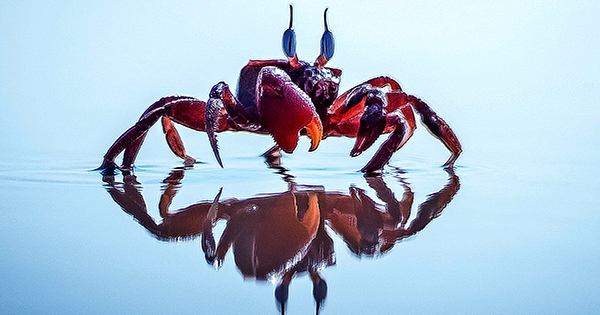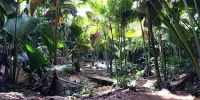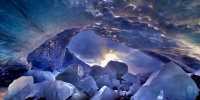If you’ve been on the internet for a long time, you’ve probably come across memes – sooner or later – everything crashes. According to the meme, sooner or later – whether you’re a fish or a Sean Penn – you’ll become a crab. While this is certainly a fun exaggeration, it is based on some fun evolution. You want to become a crab that looks at everything in nature (well, thanks only crustaceans).
Yes, there have been repeated attempts to innovate new types of transport, such as the Tech Bros. and accidentally rediscovering the bus, evolving what looks like a crab spitting was first created as a term in 1916 was done. Convergent evolution is when the latest common ancestor of an animal or plant develops similar or functional characteristics in species of different time periods or regions, despite not having those specific characteristics. Think about how evolution has evolved in both whales and bats, and in birds, insects, pterosaurs, and bats. (Get your own evolution, bat, leave everyone else involved).
Consider also how different animals, including echidnas (monotremes), porcupines (rodents), and hedgehogs (erinaceinae), developed thorny extensions. Despite the presence, the last common ancestor of the three was probably during the time of the dinosaurs, they ended up with exactly the same traits. Elite evolution occurs mainly when animals and plants have to adapt to the same environment or ecological niches and end up with similar solutions. Crab-like forms are thought to have occurred at least five times independently in decapod crustaceans, including porcelain crabs, hairy stone crabs, and coconut crabs.
As explained in the video, many of the things you can properly call crabs (because they like to look and see, well, crabs) are not actually crabs; they just evolved into something that looks like crabs.
Animals that look more lobster-shaped during the Cretaceous period become more squashed and their shorter hind legs become longer and more crab-like. The advantage seems to be that the crab shape allows them to walk more efficiently and with some crabs that can also thank the shape on top of the tree (see horrible original image). It is even more probable that shorter animals in fragments may survive longer because of their movements (both of which are mentioned above), as this gives predators less leeway. Until we know more, that’s why everything wants to be a crab.
















